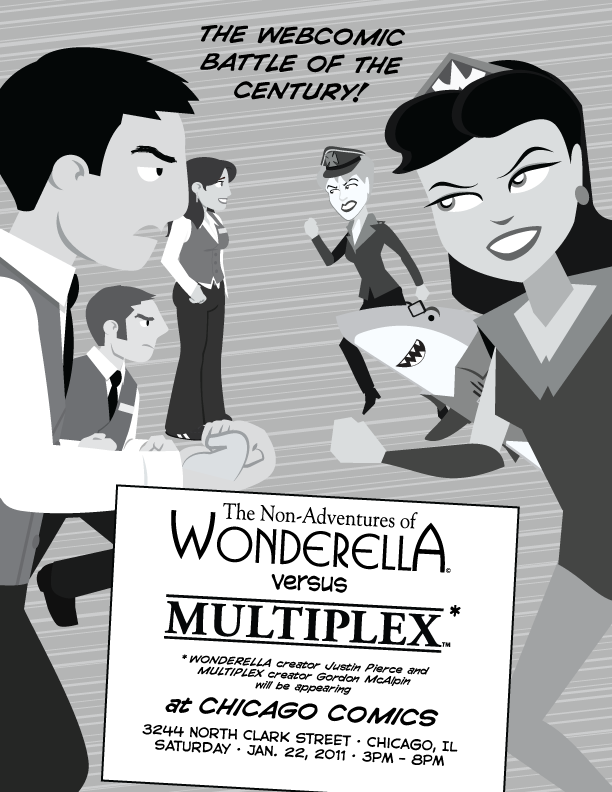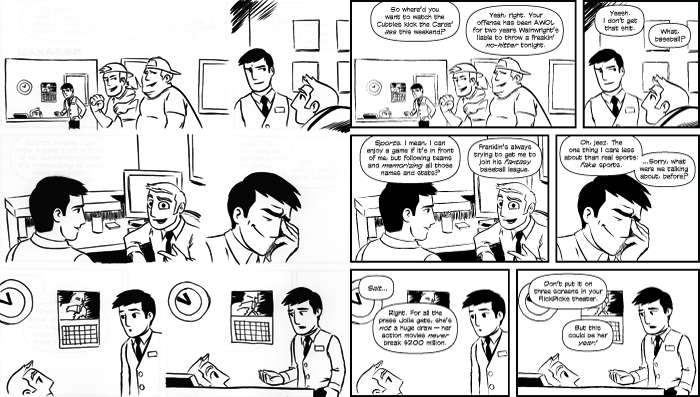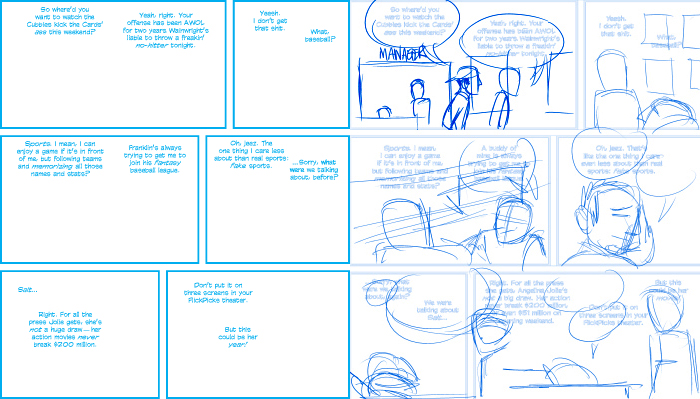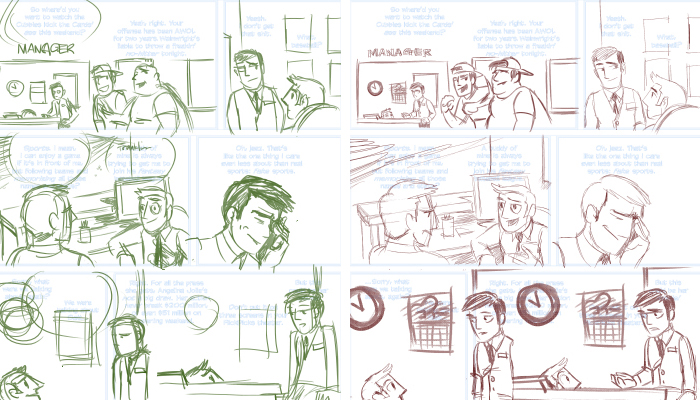The first Ip Man (2008) was pretty freakin’ sweet — corny, but chock full of terrific fights by one of my favorite martial arts action stars, Donnie Yen (Hero, Iron Monkey). The film was a “semi-biographical” tale of Ip Man (also spelled Yip Man), a martial arts master who is perhaps best known for mentoring Bruce Lee, and it covered his life through 1949, when Master Ip moved to Hong Kong. I don’t know how fictionalized the first film was (quite a bit, I expect), but it’s a fun story, and the action is well worth it.
The sequel, Ip Man 2: Legend of the Grandmaster, picks up shortly after the first film ends and only covers the next few years, so there’s plenty of ground to cover in the series, should they decide to make more. I only caught the first film recently, so I’m pretty excited to be able to (maybe) see its 2010 sequel here in the States later this month, in limited release. You can check out the first one on video now. (It’s even on Amazon On Demand, if you don’t mind watching dubbed flicks.) One fight about half-way through is so brutal and awesome that it’s worth watching the movie for. You can see that fight on YouTube here, but since I thought it was the best fight of the movie, if you have any inclination to see the full movie, I’d recommend waiting to see it in context.
Another film out soon — Wong Kar-Wai’s The Grandmasters (starring Tony Leung Chiu-Wai and Ziyi Zhang) — is also about the life of Master Ip, and it boasts action choreography by Yuen Woo-Ping (Crouching Tiger, Hidden Dragon; Iron Monkey; and a million others). There’s a teaser, but it’s pretty much all in Chinese and there’s no footage, so… y’know, whatever. We’ll have to wait and see how that goes. It’s supposedly out in February in China, though, and with the talent associated with it, it will almost definitely find its way to American theaters.




